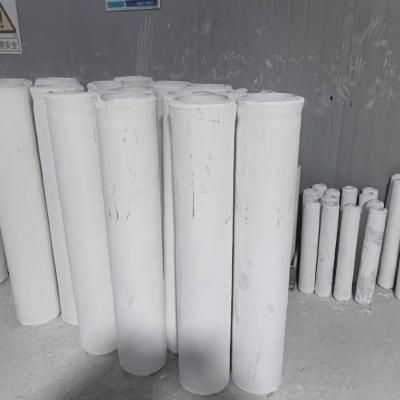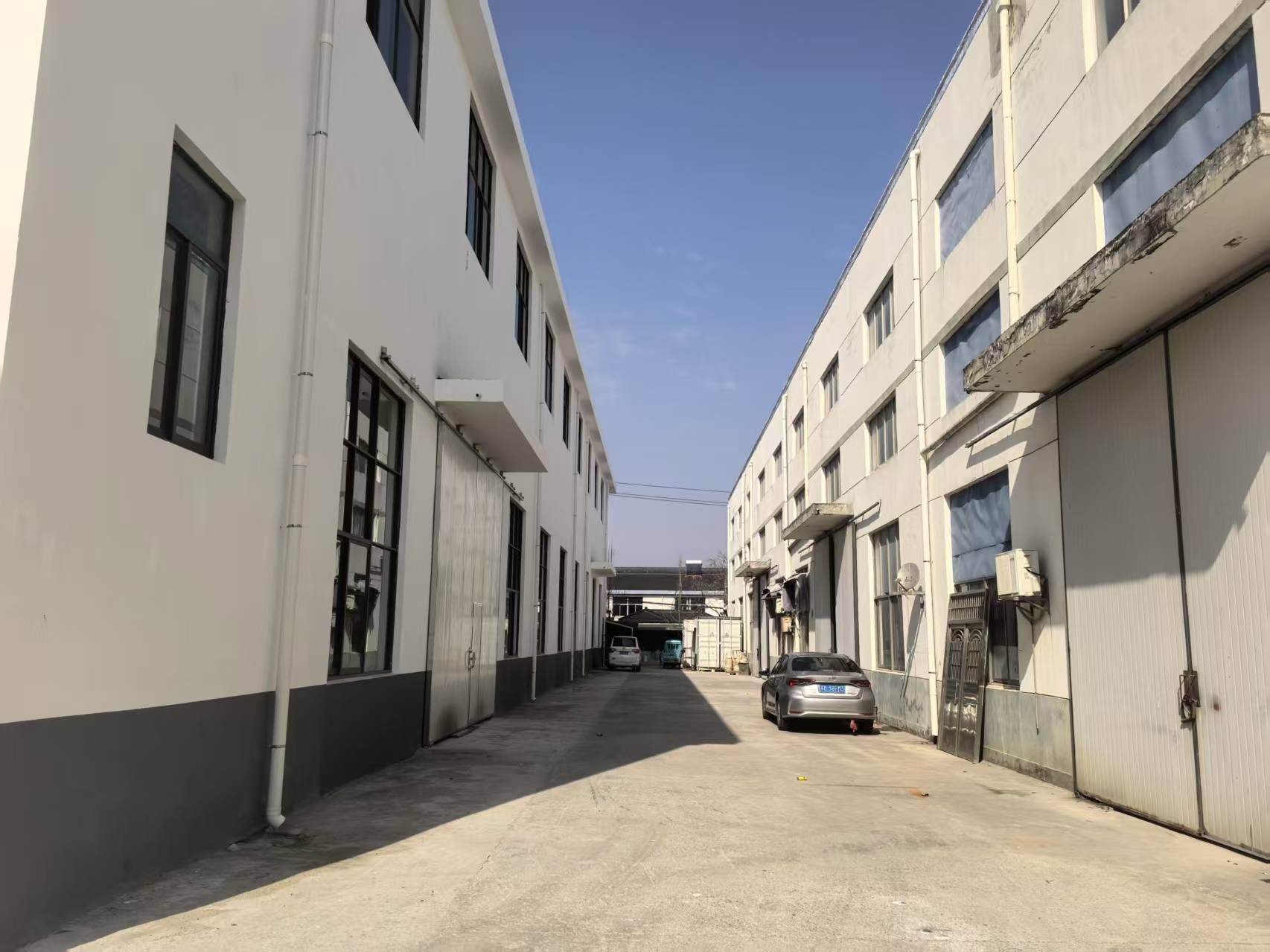
Technological component display exceptional molecular traits, considering them suitable for a inclusive array of purposes. Flowing from space and vehicles to technology, these components are constantly progressing to accommodate alumina tube the expectancies of a progressive environment.
- Their toughness and resistance to harsh thermal states make them fundamental for premium systems.
- In addition, technical ceramics yield advantages in terms of efficiency, promoting the improvement of trailblazing processes.
Constructing Matter: Created for Premium Effectiveness
Produced ceramics thrive in severe uses due to their unique features. Produced from chosen raw components and going through comprehensive processing approaches, these advanced components display superior hardness, degradation resistance, and endurance to extreme temperatures, breakdown, and grinding. From astronautics parts to milling tools, industrial ceramics deliver peerless performance across wide-ranging industries. Their adaptability allows withstanding inimical situations, securing continuance and trustworthiness. As improvement progresses, the necessity for advanced elements grows, cementing the dominant role of industrial ceramics in shaping a improved period.
Advanced Ceramics: Transcending Fabric Boundaries
Material, showing unparalleled hardness and persistence, are undergoing a shift. Modern ceramics, developed with precise control over their constitutions and granularity, surpassing the barriers of everything that is achievable. These substances offer a ample assortment of peculiarities, appointing them fit for stringent spheres such as spacecraft, clinical field, and power. From slim parts that weather extreme warmth to non-toxic implants that merge effortlessly with the physical form, advanced ceramics are changing our reality.
Careful Ceramic Production: Catering to Demanding Requisites
High-tech ceramic fabrication has improved remarkably in recent years, authorizing the creation of finely made and highly effective ceramic items. These components are indispensable across a multifaceted range of markets, including astronautics, biotechnological, and digital domains. Handling the specialized requirements for these operations calls for accurate fabrication processes that confirm dimensional authenticity, surface quality, and material properties. Advanced ceramic fabrication processes apply multiple methods, including slip casting, injection molding, and additive manufacturing. These methods permit the creation of intricate forms and fine details with outstanding accuracy. In addition, advances in substance science have resulted in new ceramic mixes endowed with improved qualities. These forms innovate increased toughness, durability, and tolerance to drastic warmth conditions, allowing their use in critical sectors.
The prospects for meticulous ceramic fabrication are substantial. As research and improvement proceed, we can await even more cutting-edge techniques and composites that will additionally increase the frontiers of what is attainable in this domain.
Elite Ceramic Composites for Severe Contexts
Specialized ceramic ingredients possess extraordinary fortitude and antagonism against extreme realms, making them favored for critical ploys in space fields. These sophisticated ceramics can bear drastic thermal loads, defy oxidation, and hold their effectiveness under high physical forces. Their incomparable mineralogical properties make possible steady output in hostile conditions, including heat chambers, propulsion systems, and nuclear plants.
- Ceramic composites
- High-temperature stability
- Reduced mass
Composite Ceramics: Consolidating Hardness and Applicability
Mixed ceramics provide a eminent mix of mechanical fortitude and distinct unique traits. Through the amalgamation of ceramic bits within a matrix, these mixtures achieve extraordinary capabilities. This alloy results in heightened tolerance against high heat exposure, wearing, and chemical degradation, rendering them appropriate for precise operations in aerospace, cars, and energy domains. Furthermore, ceramic composites are tailored to possess exclusive properties like electrical conductivity or biocompatibility, broadening their reach across diverse sectors.
Internal Manipulation in Innovative Ceramics
Obtaining intended specifications in advanced ceramics regularly involves exact control over their granularity. Diverse handling specifications, including sintering thermal setting, span, and atmosphere, alongside the embedding of dopants or extra phases, meaningfully determine the arrangement of grains, void fraction, and other microstructural traits. Precise modification of these parameters allows for the enhancement of strength, fracture resistance, and temperature conductivity. Namely, enhancing the sintering heat magnitude can accelerate grain expansion, thus increasing density and improving mechanical fortitude. Conversely, governing the firing atmosphere may shift the oxidation condition of the ceramic, thereby influencing its electrical electric flow or magnetic features. Grasping these relationships between microstructure and properties is necessary for producing advanced ceramics with optimized characteristics suitable for varied applications.
Friction-Resistant Ceramics: Strengthening Strength
Throughout taxing engineering branches, where elements are forced to constant abrasion and breakdown, materials with superior hardness are critically imperative. Wear-resistant ceramics have manifested as a foremost fix, affording unparalleled resilience and effectiveness in many covers such as production, mining, and aerospace. These specialized ceramics possess a uncommon microstructure that enhances their power to combat crumbling. By using the basic toughness and mass of ceramic mixtures, engineers can manufacture tough sections capable of withstanding the most rigorous operating climatic states.
Healthcare-Oriented Products: Scenarios in Biomedical Field
Biofriendly ceramics have remodeled the biomedical sector, providing an array of supportive aspects for many purposes. These materials are bioinert within the biological entity, minimizing allergic responses and promoting mending. A prime role for biocompatible ceramics is in joint replacements, where their tenacity sustains long-lasting strengthening to damaged muscle.
Over and above, they are used in oral care, furnishing a durable and beautiful solution for dental prostheses. Ceramics also occupy a key part in drug administration, allowing the accurate transport of drugs to specific zones within the biological makeup.
- Furthermore, biocompatible ceramics are steadily being scrutinized for cellular therapy, serving as a matrix for recovery.
- As a result, the outlook of biocompatible ceramics in clinical practice looks hopeful, with continual efforts expanding their functions.
Ceramic Measuring Instruments: Empowering Exact Evaluations
Smart ceramic detectors have come forth as fundamental segments across a multifaceted array of markets. These apparatuses utilize the special properties of ceramic materials to deliver highly valid observations. Their resistance in {demanding|harsh| 